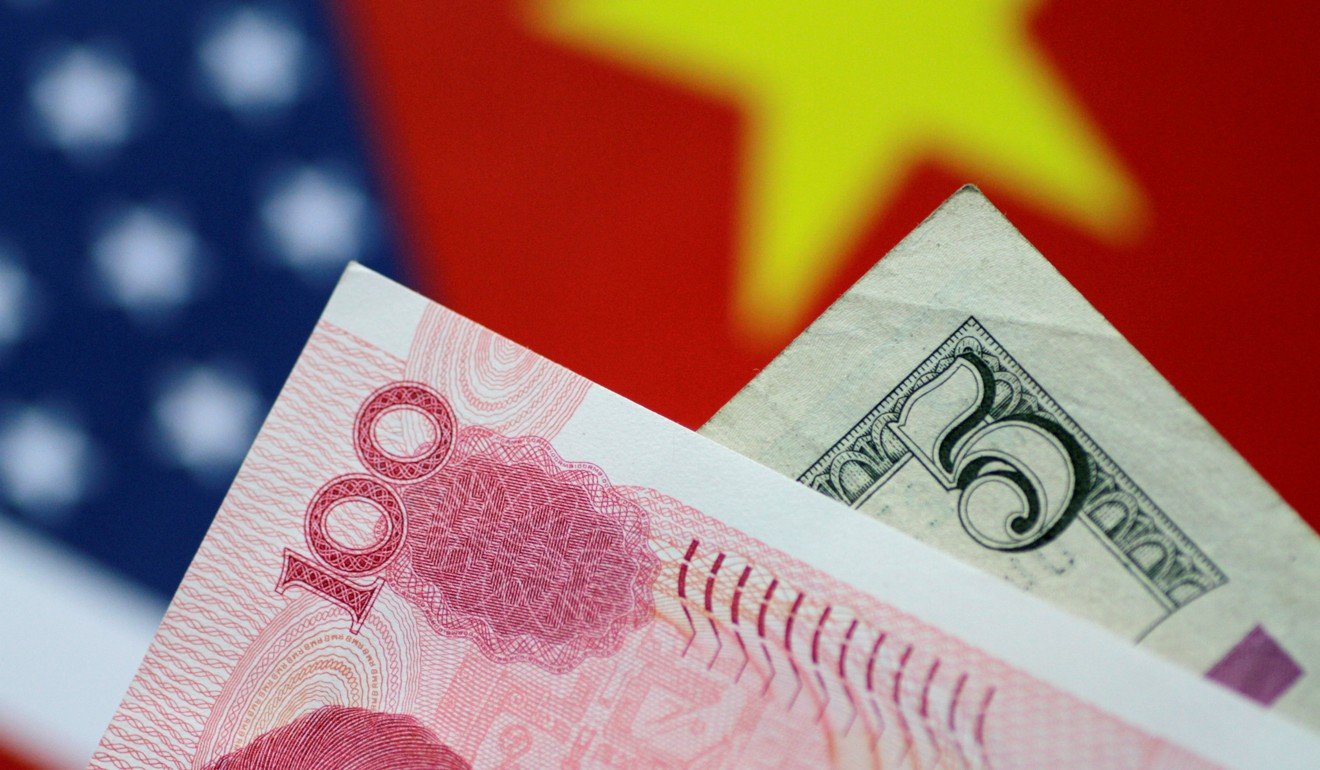
Slumping US dollar no longer a one-way bet as volatility returns to currency markets
Nicholas Spiro says while the bears have reason to be confident, a confluence of factors points to a revival of the US dollar’s fortunes. The relative quiet in the currency markets may soon end
The turmoil in global stock markets is intensifying by the day.
Last Friday, US equities suffered one of their sharpest daily declines since an outbreak of volatility swept through markets earlier this year. The Dow Jones Industrial Average, a leading US equity index, dipped back into correction territory, having fallen more than 10 per cent since its peak on January 26.
Yet despite the upheaval in stock markets, one of the world’s largest and most actively traded asset classes, the US$5 trillion-a-day foreign exchange market, has been remarkably unperturbed.
The VIX Index, Wall Street’s “fear gauge” which measures the anticipated volatility in the benchmark S&P 500 equity index, has surged since late January and currently stands close to its level during the panic sparked by the surprise devaluation of the renminbi in August 2015. Meanwhile, the JPMorgan Global FX Volatility Index, a benchmark for implied volatility across currency markets, has fallen since mid-February and has just experienced its third successive weekly decline.
The dollar could also gain from the threat of a trade war between the US and China
In a note published on Friday, JPMorgan rightly observed that currency markets, which are influenced mainly by developments in monetary policy, “have been sidelined and [have been] something of a sideshow to developments in other markets in recent months”.
The clearest example of this has been the relative stability of the US dollar, with the dollar index, a gauge of the performance of the greenback against a basket of other major currencies, “confined to a range of less than 2 per cent for almost three months”, JPMorgan noted, in the face of the tariff-fuelled turmoil in equity markets.
The index has even risen since early February, by nearly 1.5 per cent, despite the persistent bearishness towards the dollar, evidenced by the results of last month’s global fund manager survey, by Bank of America Merrill Lynch, showing that the “short dollar” trade – bets against the greenback – remains the second most crowded trade behind wagers on a further rally in technology stocks.
Moreover, the halt in the dollar’s decline – the index plunged by 14 per cent between the start of 2017 and the end of January this year – comes at a time when a confluence of factors point to a revival in the greenback’s fortunes.

The most obvious one is the fact that the dollar, which had become significantly overvalued by the end of 2015 following a 1½-year-long bull run stemming from expectations of a rise in US interest rates, has already undergone a significant correction (especially against the euro). It is now cheaper versus other major currencies.
More importantly, one of the key catalysts for a weaker greenback – the perceived convergence in global monetary policies as the world’s other main central banks prepare the ground for a withdrawal of stimulus – is losing momentum.
Still, dollar bears have reasons to be confident. While the greenback is cheaper, it is still overvalued. As I noted in an earlier column, the dollar has also failed to act as a reliable safe haven during periods of turmoil, partly because of the US’ rapidly deteriorating fiscal position. Trump’s nationalist and protectionist policies only add to the greenback’s woes.
The fact that the outlook for the dollar has become more uncertain adds to the growing number of risks in markets – particularly in developing economies, which have benefited significantly from the dollar’s decline.
Global currency markets are unlikely to remain a sideshow for much longer.
Nicholas Spiro is a partner for Lauressa Advisory

